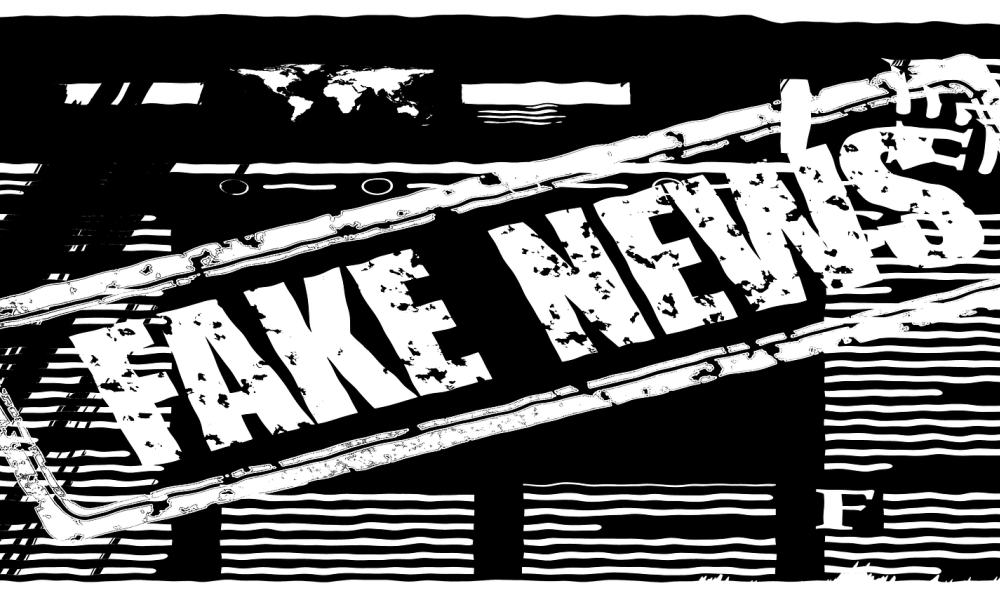In a 2018 study by Stanford University, a measure of trends in the diffusion of content was undertaken from 570 news websites and 10,240 fake news stories across Facebook and Twitter between January 2015 and July 2018. It was found that user interactions with false news stories was on the rise till 2016 on both platforms. However, post Facebook’s efforts to limit the diffusion of misinformation after the US 2016 election scandal, interactions with false stories fell sharply on the platform. On the other hand, Twitter continued to see a rise in its user engagement with false stories.
Highlights:
- As a response to the major role false stories played in the 2016 US elections, Facebook and Twitter made a range of algorithmic and policy changes to limit the spread of false content. Evidence on whether these changes have been effective remains limited.
- The results of this study show how interactions with fake news sites rose steadily on Facebook and Twitter from early 2015 to the months after the 2016 election.
- Post-election interactions declined by more than half on Facebook, while they continued to rise on Twitter. The ratio of Facebook engagements to Twitter shares which was steady at 40:1 from the beginning of the study to late 2016, fell to 15:1 by the end of the sample period.
- In contrast, interactions with major news sites, small news sites, and business and culture sites have remained relatively stable over time, following similar trends on both Facebook and Twitter.
- The results reveal that while absolute level of interaction with misinformation remains high, Facebook continues to play a particularly important role in its diffusion.
- This research demonstrates the role that data on social media usage can play in understanding important questions in political science around media exposure and social media platforms' content moderation practices.

